Balance and stack rocks, or stones, of different shapes and sizes, with this meditative art form that doubles as a gravity-defying STEAM activity! But please be aware. Piles of rock can devastate the natural landscape, lead to erosion and extinction of endangered species, and is illegal in many areas. (First published March 1, 2017; this post is regularly updated and republished to improve the content.)
Rock balancing, also known as stone stacking, stone building, stone balancing, and stacking stones, is when you balance or stack rocks on top of each other in various positions to create beautiful land art sculptures or stone cairns. However, while stacked stones are gorgeous. And stacking stones is a simple way to mark a trail or burial site. Environmentalists and conservationists warn that piles of rock in the wrong place can lead to erosion and be dangerous for eggs, small creatures, and other wildlife. So, please carefully dismantle any balanced stone creations you make in the wild before you leave. Or, even better, keep your artistic rock cairn creations in your backyard–thank you! Scroll down to learn more about stacking stones. You might also enjoy skipping stones and Sorting and Classifying Rocks: Geology for Kids.
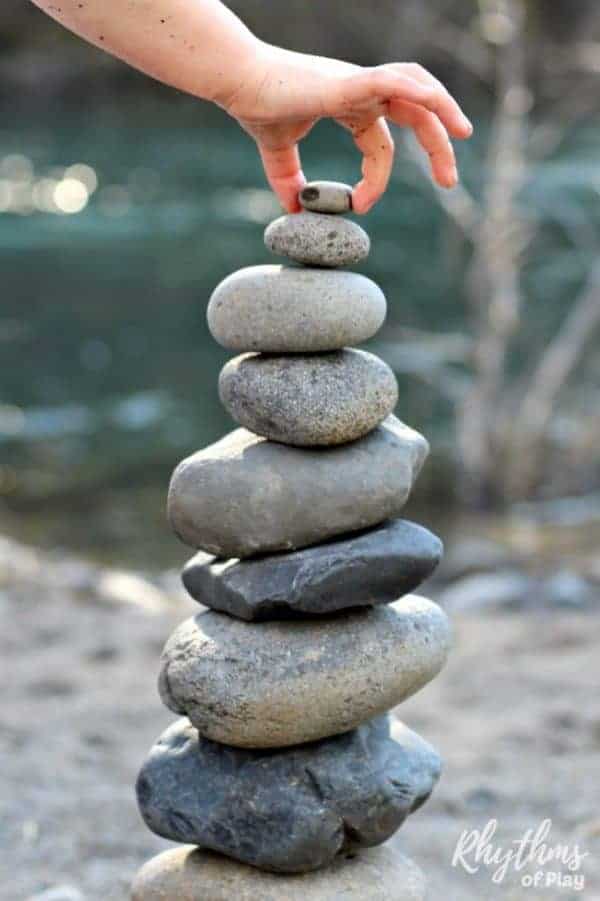
What is Rock Balancing?
Rock balancing is when stones are stacked on top of one another to create land art without adhesives or any other means of support. These balancing rock piles, or stone sculptures, are also known as stone or rock cairns. Evidence of cairn-building and rock-balancing art pre-dates the bible and can be found all over the world.
What does a pile of stacked rocks mean?
The art of balancing stones has origins across several cultures. Rocks were stacked and placed on top of each other to create stone cairns for different reasons by many natives and indigenous people over time. In modern times, many people stack stones to relax, relieve stress, meditate, create, play, and learn. But please be aware of the many dangers of this rock activity. Scroll down to learn more.
Related: 20 Ways to Play Outside in the Rain
What is a Cairn?
“Cairn” is a Gaelic term translated to mean “heap of stones.” Wikipedia describes a cairn as a stack or pile of stones, often in a conical form. (source) Therefore, a stone cairn is a human-made pile of balancing stones stacked on top of each other.
What does a cairn symbolize?
Stone cairns have been created for many reasons over the years. They are used for navigation, marking trails, gravesites, caches of food supplies, and other important geological features. Rock cairns are also constructed for ceremonial purposes. One of the most ancient known uses for these rock piles was to measure the sun for solstice and equinox celebrations.
Indigenous people also built stone cairns to mark landmarks, trails, or memorials. However, these stacks of stones and rock pile trail markers are considered by many to be a dangerous form of graffiti. And are thought of as vandalism by many conservationists, national and state parks, park rangers, and nature lovers today. Scroll down to learn why you shouldn’t stack rocks in the wild and other natural areas.
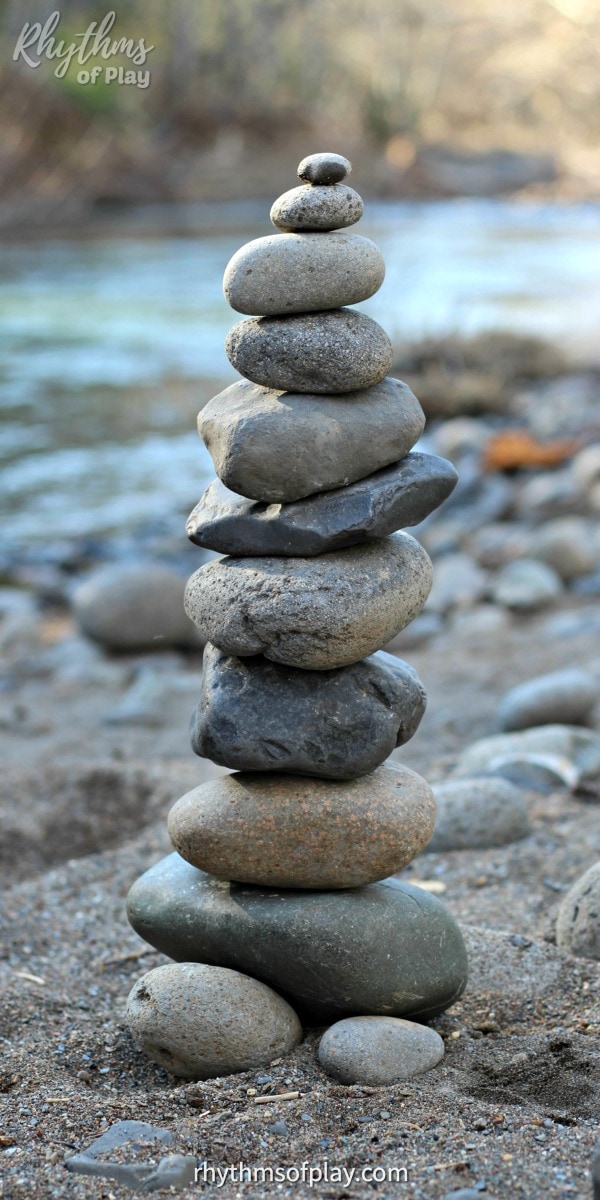
Is Rock Stacking Vandalism? Are Stone Cairns Graffiti or Art?
John Hourston, the founder of a small environmental organization called the Blue Planet Society, and many others believe stone staking is a terrible trend with devastating consequences that must stop. Hourston first noticed the problem after visiting remote beaches in Orkney, Scotland. And he continues to see (and tweet about) the detrimental effects of building rock cairns.
“Almost every beach we visited in Orkney was spoiled by people leaving their mark and for a photo for social media. It’s a worrying trend. It ruins the scenery and the environment.” (Blue Planet Society Twitter Post)
Stone stacking is discouraged (if not yet illegal) in national parks and many other countries and regions in the world, so please beware. In fact, these stone structures are a big problem in Acadia National Park, Zion National Park, Scotland, Aruba, and many other natural places.
Why shouldn’t you stack rocks in the wild?
Rock balancing or stone stacking should not be encouraged in many natural locations and wilderness areas. Stacking stones can disturb the ecosystem and natural habitats, lead to erosion of the environment, and the extinction of native plants, aquatic macroinvertebrates, small mammals, and other endangered species.
The unauthorized building or dismantling of rock cairns can also be a problem for hikers who rely on these rock piles and think they are supposed to follow them and use them as land markers. Some of the stone cairns in national parks are carefully maintained by park staff to keep hikers on the correct path. For example, the Bates Cairns at Acadia National Park in Maine help guide visitors and add historical interest to the hiking trails.
Many people, such as John Hourston (head of the Blue Planet Society) and several other environmentalists, want to see nature and other public lands in their undisturbed state and consider stone stacks to be graffiti, and the building of rock cairns; therefore, a form of vandalism.
“People are doing it with no education of the environment, so they don’t know what site they’re in – whether the site has any wildlife significance or historical significance,” John Hourston told BBC NEWS.
Why is Stone Stacking Discouraged in Natural Areas?
On the island of Aruba, the art of balancing rocks and stacking stones is discouraged, and there are many attempts to ban the activity entirely. In the United States, the National Park Service, its park rangers, and other volunteers strictly forbid hikers and park visitors from disrupting or moving any rocks or other natural structures within the national parks or backcountry in the United States.
Every park, nature reserve, and wild space has different rules about Cairns. It’s best to check out a park’s website or call the park ranger’s office to learn more about the rules before you go. For example, In Acadia National Park, it’s against state park rules to stack stones randomly. Or to add to or dismantle Bates Cairns. A Bates Cairn is a specific type of unique stone stack originally constructed by Waldron Bates as trail markers in Acadia National Park.
How does stacking rocks hurt the environment?
Stacking stones can disturb the ecosystem and lead to the erosion of the environment and natural habitats in several devastating ways. Leaving piles of rocks in natural areas endangers crucial wildlife habitats and leads to the extinction of native plants, macroinvertebrates, small mammals, and other endangered wildlife species such as insects, salamanders, and aquatic invertebrates.
Stacking rocks can also endanger critical wildlife habitats of aquatic macroinvertebrates in freshwater ecosystems in specific areas of the river (and other waterways) and be detrimental to overall water quality.
When considering this activity, please respect the natural environment and be aware of endangered animal habitats and stream ecosystems. It’s not natural to have an entire area full of rock piles and stone stacks everywhere. And some don’t want to see this type of vandalism or nature graffiti when they head out on hikes. No matter how pretty they may look.
Today, our family thinks stacking stones in the backyard is a much better idea than out in the wild. But if you choose to balance rocks in a natural setting, please carefully dismantle them before leaving. Thank you for your awareness and for honoring the adage, “Leave no trace.” You might also enjoy Caring for the Earth: Green Living Tips to Share with Children.
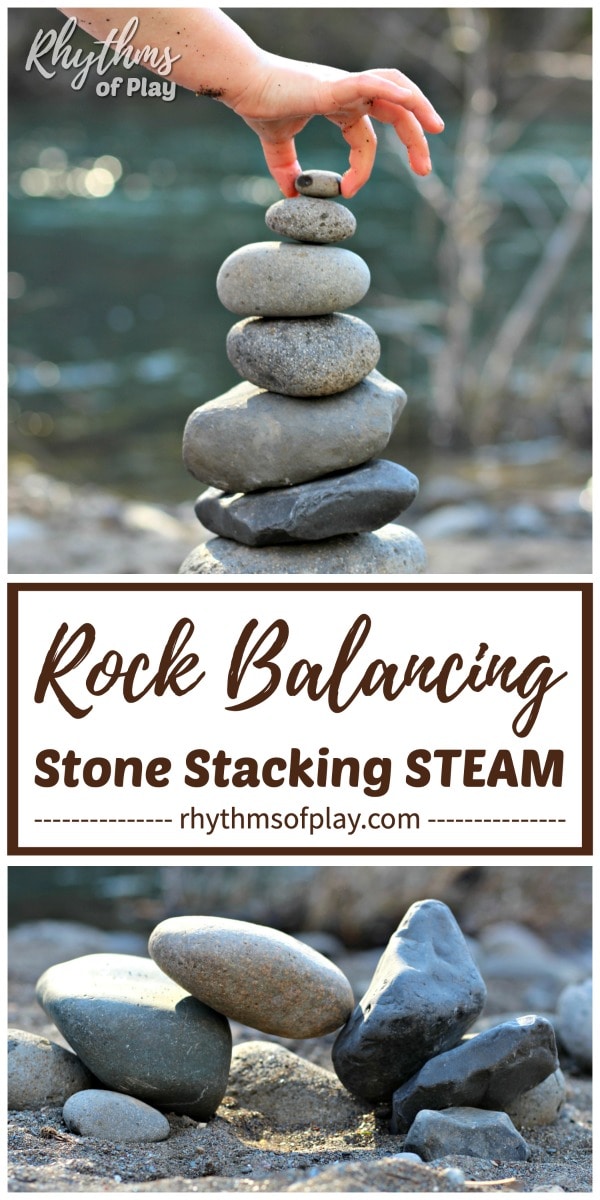
Rock Balancing Supplies
- Various sizes and shapes of river rocks, beach stones, or mountain boulders. It is best to use a variety of shapes and sizes.
- Space to create stone sculptures without harm to the surrounding ecosystem or inhabitants.
Go on a nature hunt, or stop by your favorite landscaping supplies store, in search of smooth river rocks or beach stones for stacking. Or, find a spot with lots of rocks or stones to do this STEAM activity that does not endanger any small creatures or vandalize the environment in any way. Please be aware and stack stones with care.
We think the best way to do this rock activity is to keep a bucket full of river rocks near the sandbox, or a sand and water table, as an open invitation for preschoolers, kindergarteners, and elementary-aged kids to balance stones. Building rock stacks in the backyard instead of out in the natural landscape is much better for native plants, small mammals, and the environment.
Besides, children of all ages can make all kinds of fun structures with them just as easily as they can in the wild. And today, several types of rock block toys for kids (and adults) make rock balancing and staking stones safe for everyone. Scroll down to see more of our favorite natural stacking toy options toward the bottom of this post.
Stone Stacking Blocks
Here’s a great way to stack stones in a safe way that won’t do any damage to the environment or the natural landscape. The rock balancing craze, and the many problems associated with rock balancing in natural environments, have led to the creation of stone stacking blocks for kids.
Wood balancing stones and stone stacking blocks are a fun alternative for children (and adults) to hone their rock-balancing skills without disrupting natural habitats or endangering animals and other endangered creatures in the wild.
Stone Stacking and Balancing Rock Blocks for Kids and Adults:
- Panda Brothers Natural Wooden Balancing Stones
- Eco-Stacking Rocks made of Pine Wood
- Safer Stacks Mega XL Stacking Rocks
- Toy Life Wooden Rainbow Stacking Rocks and Toys
- Wooden Toy Stacking Rocks
How to Balance Stones and Rocks
As you stack stones and balance rock piles, it is crucial to start with a solid foundation. Begin with a firm base such as a large stone, boulder, or stump. It is also good for stone stackers to have enough rocks nearby to create balanced stone sculptures before they start.
Stacking rocks is a practice of patience. As you continue to gain experience and master stacking stones and the stacking of rocks, you can try more complex forms of rock balancing. Place multiple rocks on top of each other to create gravity-defying stone sculptures.
Building stone cairns upon the shores of beaches, rivers, and creeks, where there are plenty of smooth stones, is common but not always advised or welcomed. Mounds of stone left behind can be dangerous to the natural landscape and its inhabitants, and many people and conservative groups consider them to be a form of graffiti and vandalism. So, please heed the warnings of scientists and conservationists, and consider the suggestions discussed above.
Related: Best Flower Art Projects
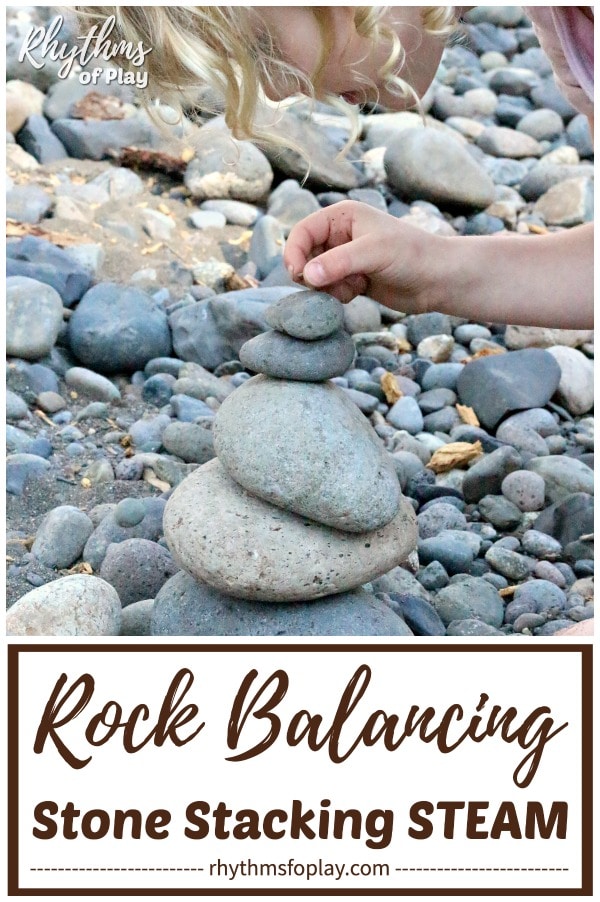
The Art of Stacking Stones to Create Rock Balancing Art
Here’s an easy way to begin stone balancing. First, show your kids how to balance one rock on top of the other. Then stack them into a larger human-made pile of stones that are balanced upon the earth. And while you build the stone cairn, notice how the difficulty changes as several rocks are placed upon one another.
Next, Invite children to stack stones of different shapes and sizes. Demonstrate how to balance and stack them one on top of the other, and then allow the kids to give it a go. Allow your children to watch you and figure it out on their own. Feel free to throw out hints and guides as needed.
Children will eventually learn through trial and error that they must begin with a strong foundation. They will also learn about gravity and how to build using the power of learning through play. But don’t tell them they are learning; it will be our little secret. 😉
Related: How to Skip Rocks: The Art and Science of Stone Skipping
Related: The Best Art Supplies for Kids
What Makes Stacking STones a STEAM Activity?
Creating stacked stone art is a great STEAM activity for kids. Stacking stones requires children to defy gravity and develop their engineering skills to create balanced stone sculptures. Balancing rocks on top of each other also helps children develop hand-eye coordination. It takes a steady hand to be able to stack rocks higher and higher!
STEAM activities are STEM (Science, Technology, Engineering, and Math) activities that include an artistic component. Adding art to STEM activities allows children the opportunity to use their imaginations and develop their creativity.
Not all children love science and math; however, adding art into the mix can help bring academics to life. For example, stone stacking is a STEAM activity because it combines counting, the science of gravity, basic engineering, and the art of architecture to make learning more fun!
Want the good news? You don’t have to teach your children anything other than invite them to try stacking rocks. Feel free to ask simple questions to help your children learn or sit back to allow space for them to learn and discover independently.
One of the best things we can do as parents and educators; is to allow our children to discover the answers to their questions. When we can encourage children to search for solutions to the questions they pose, the learning opportunities are endless!
Related: Human Sundial Shadow Science Experiment
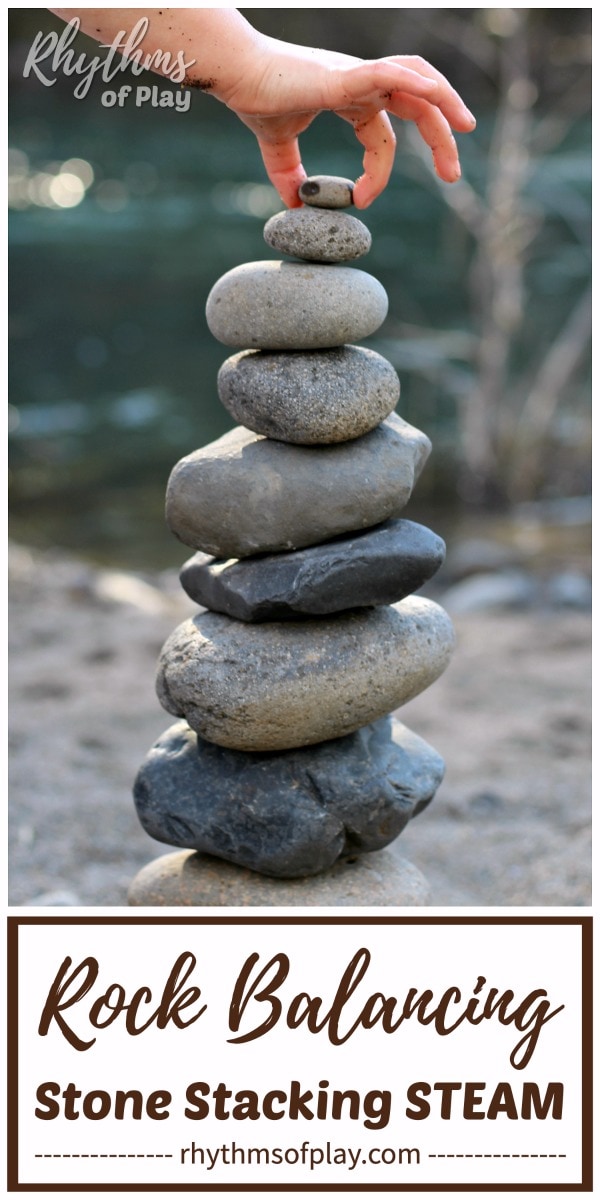
Rock Balancing Meditation
A few rock-balancing artists create stone sculptures as a meditative practice. As you practice stacking stones by balancing rocks on each other, allow yourself to enter into communion with the flow of nature and the natural world surrounding you.
Today, Buddhists, yogis, and stone-stacking artists around the world practice rock balancing as a meditative art form, in much the same way that Tibetian Monks create sand mandalas.
Michael Grab is a well-known rock-balancing artist who began balancing rocks via a “happy accident” in 2008. He describes balancing stones as a meditative art with spiritual meaning. He writes,
I quickly noticed the therapeutic/transformative effects that balancing and working with nature had on myself and others; in an artistic sense, but also nurturing something uniquely human, inspiring a sense of magic and peace, luring awareness out of the mind and into the moment — ultimately cultivating a meditative presence. (source)
Related: Fun and Educational Shadow Activities
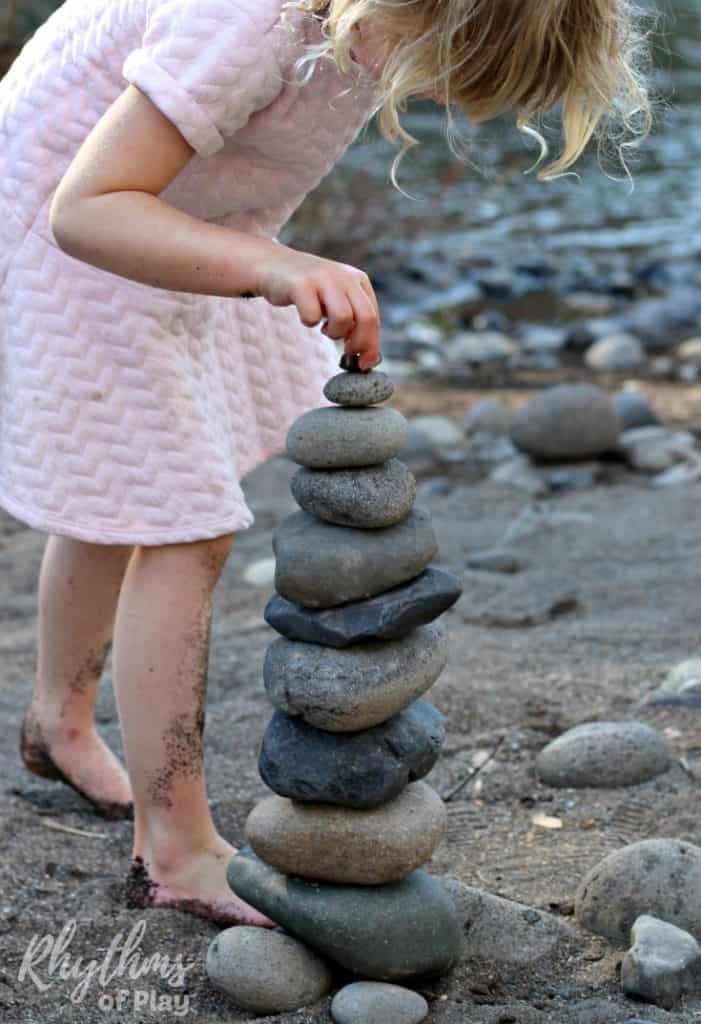
How to Build Balanced Stone Sculptures that Defy Gravity
Another fun way to stack rocks is to try to counterbalance the rocks and stones to create arches and other stone structures that defy gravity.
As you gain experience and mastery, you can try more complex rock balancing by placing multiple stones into gravity-defying rock sculptures. Encourage children to try building arches and other rock sculptures, like those found on the rock balancing artist Michal Grab’s website Gravity Glue.
Balancing rocks in this way creates a more advanced engineering challenge for kids and adults. Even my daughter was able to make a stone arch. Not bad for her first attempt!
Related: Outdoor Activities for Kids
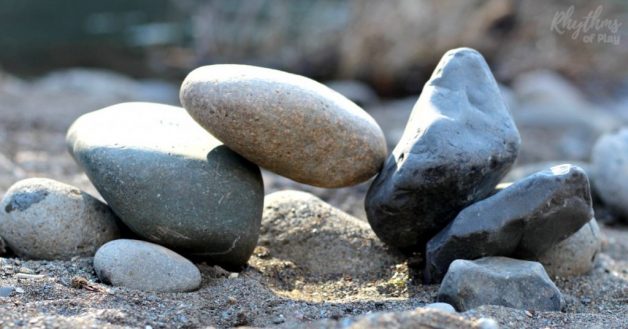
Rock Balancing Art for Kids
When rocks are balanced and stacked, it is called rock balancing or stone stacking. Invite children to balance and stack rocks of different sizes in various positions to produce stone sculptures for a fun STEAM challenge and activity for kids.
Another fun outdoor STEAM activity for kids is Shadow Art. You may also like Sorting and Classifying Rocks. Or, look at this collection of outdoor activities for kids to see even more fun, hands-on learning activities for kids.
Learn more about Rhythms of Play HERE!
More Rock Activities for Kids
- Sorting and Classifying Rocks
- How to Paint Rocks
- Fairy House Painted Rocks
- Stone and Shell Owl Craft
- How to Skip Rocks: The Art and Science of Stone Skipping
More STEAM Activities for Kids
- Rainbow Rainy Day Art Kids STEAM
- Shadow Art Outdoor STEAM for Kids
- Rainbow Science STEAM Activities for Kids
- Flying Kites with Kids
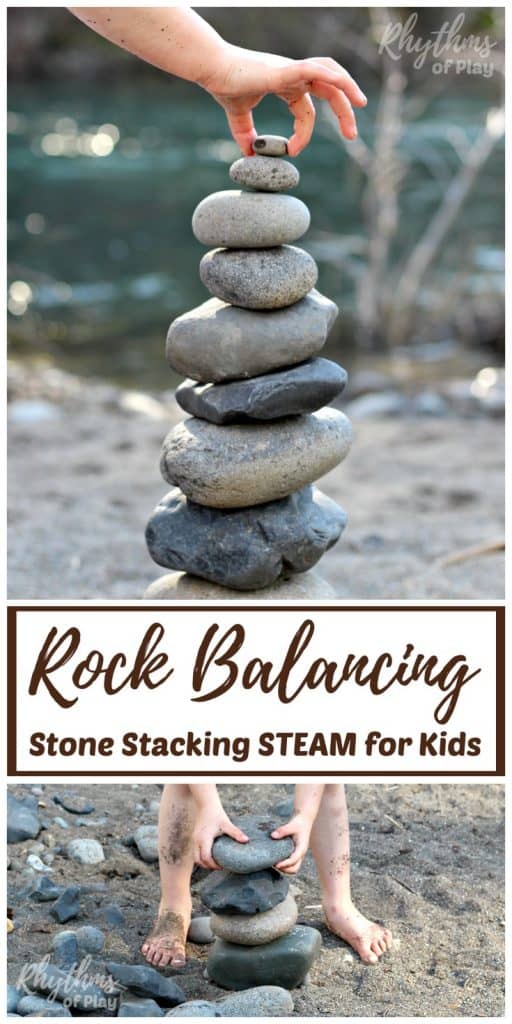
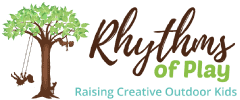


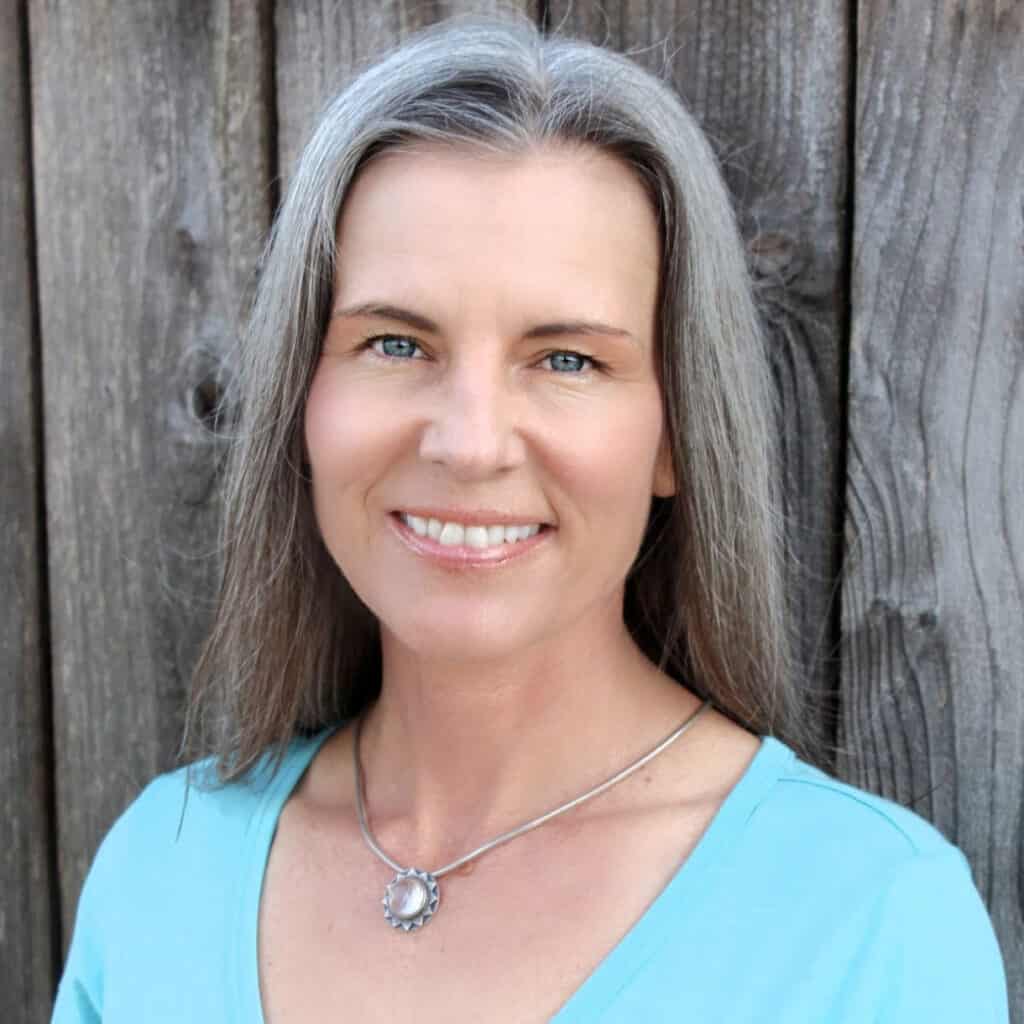


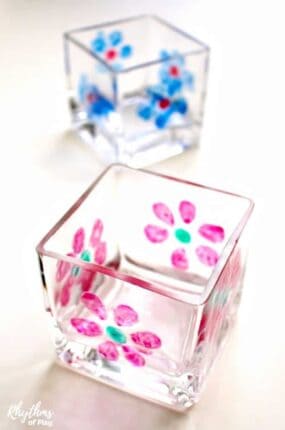
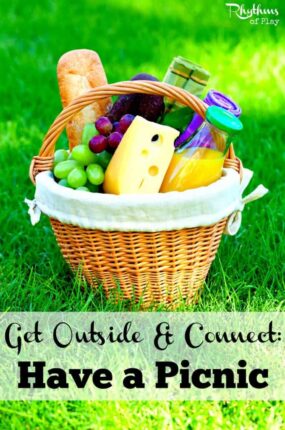


I hope you teach children to dismantle the rock pilings once they are done.
Regards
Yes, we do 🙂
No! Rock stacking in our National Parks, local parks, and nature areas is the newest form of graffiti! Cairns have no place in these areas. No one goes to these areas to see, what you call, “art”. The only art you go to the those places to see is the wonders of God, Mother Nature. or whatever you call it. This should NOT BE ENCOURAGED!!
Yes, Camille, I have written about this concern in the article. Did you take the time to read through it before you decided to get angry about it? You might want to take the time to respond to what I have written instead. I’m always open to an INFORMED debate. Thank you!
Some beautiful photos. I’ve seen a rock artist before with my kids and they were fascinated. I think it gives them a great appreciation of nature around them and how it can be used. It can lead to some great discussions about how rocks are formed too.
I agree. My daughter has always been interested in rocks. They never fail to entertain and teach!
After reading your text and clearly revealed intent, I’m SURE I want at least a back-and-forth via email with you.
Last summer I started stacking rocks at a well-traveled site within the largest of Ohio’s municipal parks.
While enacting the `performance art’ part of rock stacking children saw and sometimes stopped and participated as per their first amendment rights to freedom of eXpression
At one point in time there were perhaps 6 to 8 children all stacking in close proximity to ME stacking … monkey see, monkey do … and lovin’ it.
I’ve got some pics I’m willing to send as email attachments.
While looking at your pics, I found myself AWARE that there are few things I could bring to your attention which your pics reveal you seem un(der)aware and I’m willing to share
Piaget’s stages of development might enter into which concepts can be introduced to those with concrete operations as a development stage, etc.
I incidentally was introduced to beam analysis in a course in my Mech Tech program.
There are precepts and concepts known to mechanical engineers and civil engineers which can be introduced to children AS children which might be serve as foundational during later educational opportunities.
I look forward to sharing some pics and exchanging an email or two.
Warmest Regards,
Gene Sullivan
Hello Gene,
Thank you for expressing your thoughts. So much of what children do in their formative years can have positive benefits well into adulthood. You are welcome to write me at nell @ rhythmsofplay .com. I’d love to see some pictures!
Rock stacking is actually bad for nature, as the animals that call the rock home underneath get squished. In some streams there are endangered salamanders that are being squished due to the popularity of this art. Rock stacking is best not to be taught.
Yes, Wes, it is true that there are many dangers and laws when it comes to balancing rocks, and if you read the article in its entirety you would know that I discuss a few of the problems and give alternative recommendations. There are many rock stacking toys made today that make it easy to stack rocks safely–give them a try!
A hitherto undiscovered variable force, other than gravity, must be balancing the impossible arrangements of stacked stones.
Boghos L. Artinian
Very wise Boghos, thank you!
Stack all the res u lik hy because you can
Hello DaVe, would you care to elaborate on your comment? I’m not sure what you are trying to say.